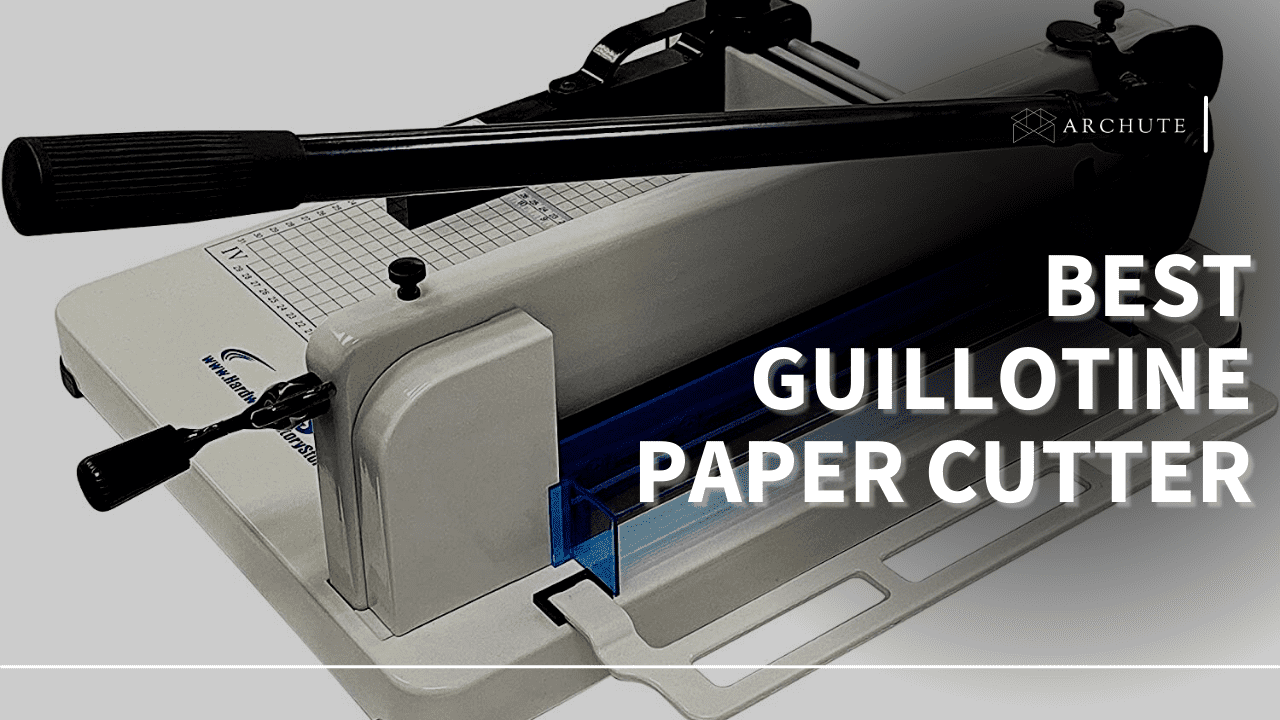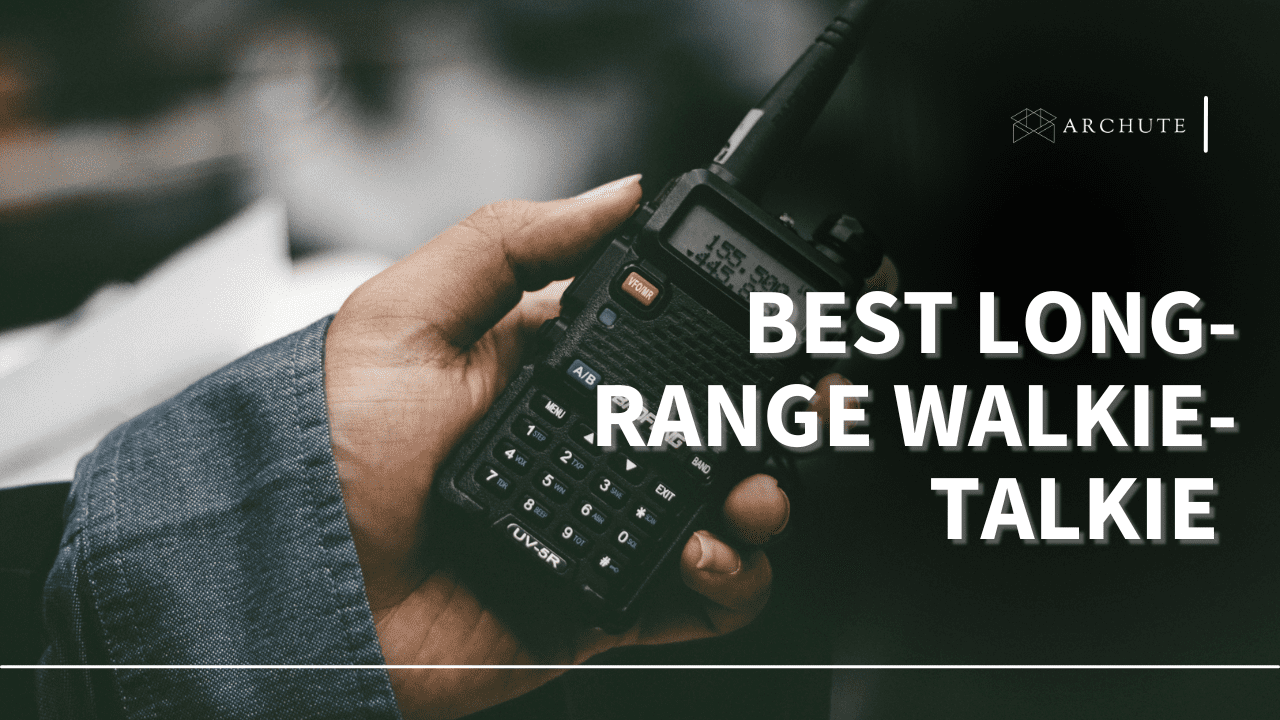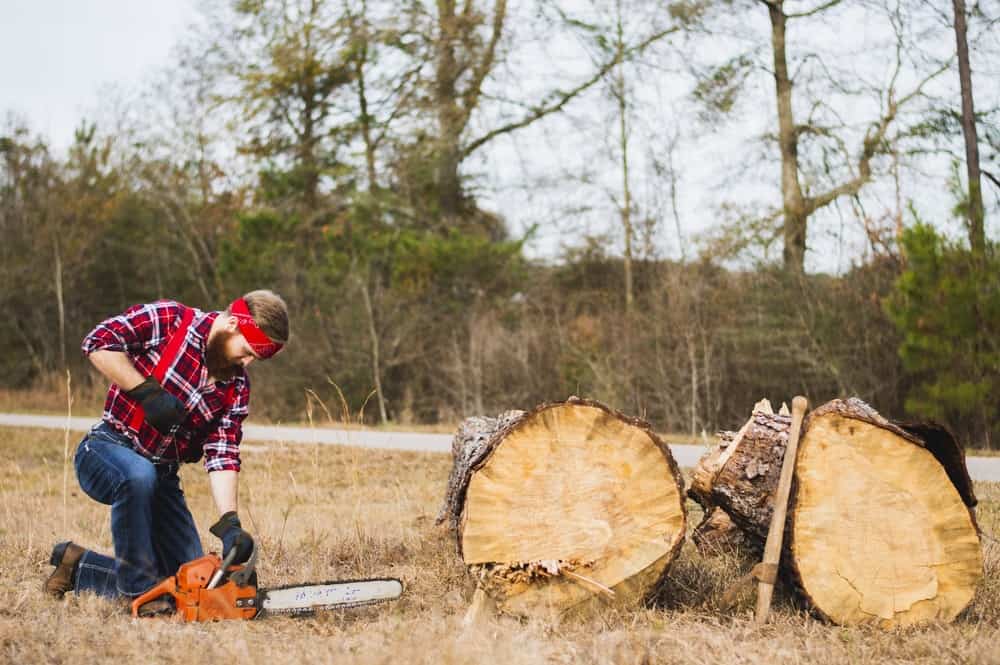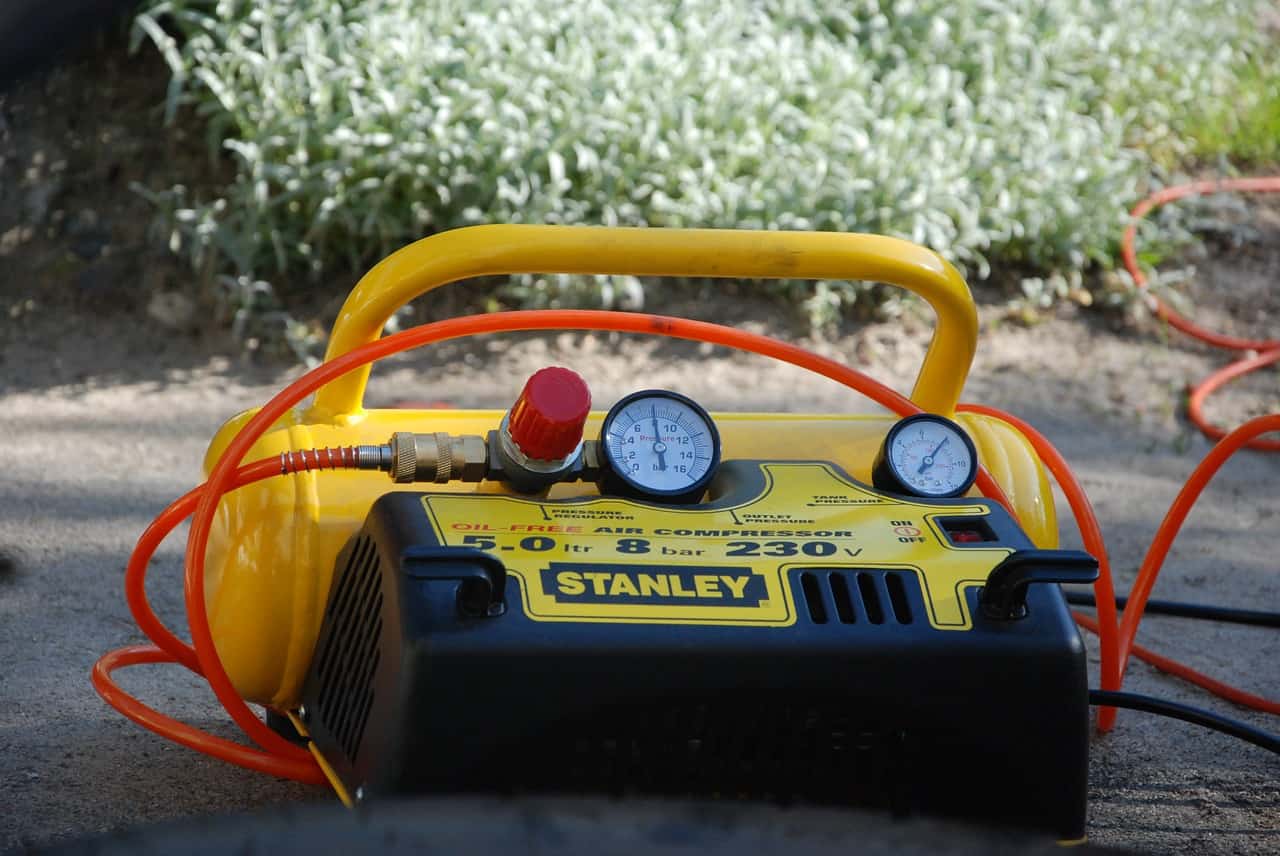Whether you are doing DIY projects, woodworking, a home renovation, or crafts, you will need the best wood glue since it is very handy for bonding two pieces of wood together. Besides, you can still use this versatile liquid to glue together lots of different materials, from wood to porcelain to plastic. And for the best results, look for some super-strength wood glues.
Good wood glue is not only manageable and simple to work with but also very strong. It should be forgiving enough to position your wood surfaces without binding too quickly properly, and any unwelcomed residue should come off much easier. Also, a good wood glue must provide enough adhesive force without causing your wood to swell or be absorbed by it.
When planning for your next repair or woodworking, we recommend you to be keen on the type of wood glue you choose for it since all wood glues aren't the same. Look for the one with the best type of adhesive and the one that will help you preserve the integrity and sheen of your wood's finish. Then, check out our best options that ensure the best results.
1. Titebond III Ultimate Wood Glue, H6838
- Provide a much stronger bond than the wood itself
- Offer excellent heat-resistance and are very easy to sand
- Are water cleanup while still wet
- Provide strong initial tack and a 30-minute clamp time
- Conform to ASTM D4236 – Non-toxic and safe to use
If you're looking for the best wood glue for indoor and outdoor projects, count on the Titebond III Ultimate Wood Glue. This glue is waterproof that why it is suitable for outdoor woodworking applications. So whether you're designing and building your furniture, redesigning a cedar deck, or fixing antique furniture, this epoxy glue creates a super-strong bond, and it has a high level of sandability, plus it dries quickly.
The glue can run over your surface and is a bit harder to control; however, it is easier to get broad coverage. In addition, it comes with a fairly long open time, which allows you time to make adjustments at a relaxed pace. Besides, if you're using unstressed joints, you'll need to clamp the wood for 30-60 minutes, and for stressed joints, the wood requires to be clamped for 24 hours.
Additionally, the tan-colored glue surpasses the ANSI/HPVA Type 1 water-resistance test and as it's non-toxic and solvent-free. It's also FDA-approved for indirect food contact, and you can easily clean up the residue with water. Lastly, this glue dries light brown, although the shade will match most wood surfaces, plus Titebond makes a hide glue that's specially designed for fine furniture repair and will create a great "crackling" effect.
Pros:
Cons:
2. Gorilla Wood Glue, 8 oz. Bottle
- Easy-to-use, water based adhesive with Gorilla holding power
- Best for building, carpentry or hobby projects using any type of...
- Complete Projects Faster; Requires only 20 - 30 minutes of clamp...
- Use Indoors or Outdoors; Passes ANSI/HPVA Type II water...
- Versatile; Ideal for use on hardwoods, softwoods and natural wood...
You can also bet on the Gorilla Wood Glue 18 oz. to perform some indoor and outdoor DIY woodworking tasks. As its name implies, this wood glue is super sturdy and offers excellent adhesive strength meaning it penetrates deep into the wood grain, at least 2" deep, to create a strong bond. You can use this Gorilla wood glue for stone, ceramic, glass, foam, metal, and concrete. Therefore, whatever type of task you have that requires super strength glue, the Gorilla Wood Glue will give you the bonding power you need.
This wood glue Gorilla is waterproof and is compliant with ANSI/HPVA Type II water-resistance levels making it a great choice for any outdoor woodworking application. You can also use it for indoor tasks like DIY or hobby-related projects. Additionally, this water-based PVA formula has a little thick consistency making it easy to spread.
This Gorilla glue is easy to apply and requires only 20 to 30 minutes of clamp time. Also, it fully sets or cures in 24 hours, making it perfect for finishing projects in less than a day. You can also use it in both cold and hot climates. So, when you apply the wood glue, it's an off-white color though it dries to a natural tan-looking color to maintain the integrity of the wood grain.
Pros:
Cons:
3. Titebond II glue, 16 Ounces
- Setting time 10-30 minutes, depending on temperature and moisture...
- Allow 24 hours for full strength bond.
- Non-toxic, non-flammable
- Water clean-up.
- Its the first one-part glue to pass Type II water resistant...
If you're looking for the best wood glue that is less runny, we recommend the Titebond II Glue 16 oz. This glue is a great option, especially if you're tired of the cleaning after the runny wood glues ruin your work. This glue was one of the first cross-linking polyvinyl acetate glue to surpass the ANSI/HPVA Type II water-resistance specification. Besides, it is an ideal option for all indoor and outdoor woodworking applications, and you can use it for softwood, hardwoods, and medium woods.
So, whether you're fixing or constructing outdoor furniture, this wood glue creates a solid bond, and it has a fast setting time of 60 minutes, and it dries in 24 hours. It's FDA approved for indirect food contact, and you can use it for culinary hardware applications such as a cutting board. Furthermore, when you apply this cream-colored honey glue, it dries to a translucent yellow color with great sandibility, and it's perfect for Hot Press Gluing and radio frequency (R-F) Systems.
However, though the glue has a thick viscosity, it may be a bit runny for some applications. So it is advisable to keep a sponge handy and instantly wipe off any excess glue after clamping. Also, to maintain the great level of sandability that the wood glue can offer, ensure you don't over-apply the wood glue. Moreover, we can't forget to mention that this wood glue is designed to be used in temperatures above 55°F, plus it has a storage life of 2 years.
Pros:
Cons:
4. Elmer’s (8 Ounces) Carpenter’s Wood Glue, E7010 for Interior
- 8 ounce bottle of Carpenter's Wood Glue
- Great for carpentry and home repairs
- Non-toxic, no harmful fumes and easy to clean up with water
- Bonds stronger than wood
- This is an aftermarket of generic part
You can bet on Elmer's Carpenter's Wood Glue for the best wood glue for all types of indoor DIY repairs and woodworking projects. The Elmer's Wood Epoxy Glue offers you a superior strength adhesive bond making it an excellent choice for indoor use. This wood glue is great to keep at hand and use for DIY projects and other household repairs. Furthermore, it works best with hard and softwoods, particleboard, and porous materials.
Although this carpenter's glue isn't water-resistant, it will produce long-lasting seals for interior hardwoods and softwoods. Besides its solid and secure bonding power, this wood glue dries quickly in about 15 minutes, and the clamp time is 12 hours. Once it is fully dry, you can easily stain and paint it, as the formula contains wood fibers. Additionally, once you apply it with a brush, the glue will not be visible; therefore, all you see is solid wood, ready for polishing.
Elmer's wood glue is non-toxic and produces no harmful fumes, and it's also easy to clean up with water. You can use it for natural-looking wood and lightly stained wood. Also, it comes in a variety of sizes.
Pros:
Cons:
Types Of Glue
Gluing wooden parts together might seem to be the most challenging part of woodworking for beginners. Choice of the right glue can make this part of woodworking less stressful and prolong your wooden shelf life! Remember to check the instructions in each case. They would provide you with security tips and answers to questions like how long it takes for wood glue to dry.
1. PVA Glue
PVA, also called ‘white glue,’ is a strong synthetic polymer. It’s incredibly long-lasting and guarantees you a strong bond. It’s used to stick together surfaces like panels, hybrid flooring, or pottery. It wouldn’t get swelled while used to glue together panels, but it’s not waterproof. Hence, it’s perfect for most of the household maintenance work like repairing a wooden chair. However, it’s not the best option if you’re contracting garden furniture or any other kind of outdoor project.
2. Superglue
Everybody knows and admires superglue for its universality while fixing small elements such as the broken hand of your porcelain angel figurine or any other small item. But don’t forget about superglue in woodworking! It’s perfect if you need to attach a tiny element to your project. It’s not so messy, and you need only a few drops for a long-lasting stick.
3. Epoxy
Epoxy is perfect for repairing small broken wooden elements. If you find an annoying hole in your fence, use epoxy to fill this gap, as it adjusts itself to the free, unnecessary spaces. What’s more, it’s waterproof!
4. Yellow Exterior Glue
Also known as carpenter’s glue, it should be your choice for outdoor use. It’s a type of PVA glue, so it guarantees you long-lasting durability and water-resistance. If your dog needs a new kennel or your shed needs repair, choose this one. One of the most popular types of carpenter’s glue is Titebond II.
5. Polyurethane Glue
Perfect for outdoor projects as it’s fully waterproof. Polyurethane glue, also known as PU, can be used to stick nearly anything that demands durability, even the boat parts. It sticks together metal or plastic parts, and wooden as well, and it can be more durable than the yellow glue. What’s more, some kinds of PU get dry quickly, even up to 20 minutes.
6. Liquid Hide Glue
It’s the most natural type of glue that doesn’t affect the environment to such an extent. It’s flexible, easy to use, and strong. However, usually, it’s used only as an alternative as it’s difficult to find it available in hardware stores.
4 Tips for Using Wood Glue
- When you buy your best wood glue product, keep in mind that most wood glues have a shelf life of one year and may start to lose their adhesive bonding strength after this time elapses. However, some glues have a shelf life of up to 2 years.
- To prevent the nozzle from clogging up with the glue, ensure you clean it after use.
- Ensure you have worn the gloves when working with polyurethane glue or " super-glue" type wood glues since when the glue gets on your fingers is difficult to remove.
- Additionally, if you get the glue on your hands, consult the given instructions in the product description section on removing the glue. If it ends up entering into your eyes, consult a doctor immediately.
Factors to Consider When Buying the Best Wood Glue
1. Types of wood glue
There are five types of glue on the market including, Polyvinyl Acetate, Epoxy-base, Cyanoacrylate (CA) wood glue, Polyurethane wood glue, and Hide glue:
- Polyvinyl glue (PVA glue) - is the most common glue type of wood glue easily available in the market. It's also an affordable and highly effectively bonding agent for simple indoor woodworking tasks. It's non-toxic, and the residue can easily clean up with water. Though the PVA glue can leave behind dried residues that can ruin your furniture's overall aesthetic appeal, you can easily fix this by ensuring that you don't apply too much of the glue or wipe off the excess glue immediately before it dries.
- Epoxy-based glue uses a two-part bonding system that includes a resin and a hardener, and it's specially formulated for filling gaps in hardwood and softwoods. It also works great at bonding two pieces of wood together. Nonetheless, it takes time to bond, and you will also need to clamp your wood down to make a stronger bond. Plus, it's water-resistant, so that you can use it for indoor and outdoor woodworking tasks.
- Cyanoacrylate (CA) wood glue- also known as "super glue." You can use it to bond two hard pieces of material together. It's the best option for quick and easy repairs as it sets or cures in an extremely short period. When this glue dries, it usually forms a hard plastic-like bond. Nonetheless, when applying the glue, it can be runny and messy. Moreover, it has an industrial-strength bonding power, so you need to be extra careful not to get it on your fingers or hands.
- Polyurethane wood glue is one of the strongest and long-lasting types of glue. It's also versatile as you can use it for lots of different materials such as stone, plastic, metal, ceramic, foam, wood, concrete, and glass. Its high level of water resistance makes it a great choice for both outdoor and indoor use. Keep in mind that you need to wet the surface of the wood prior to applying this polyurethane-based glue. The moisture ensures the wood glue expands as it sets or cures, which creates an additional solid bond. Furthermore, when this polyurethane glue dries, you can decide to sand the wood down during the clamping process and then stain or paint it once the glue has fully dried. Use mineral spirits to clean the glue residues.
- Hide glue is extracted from animal hides. Some hide glues come as a solid substance, so you have to apply them with a brush, while some hide glues come in a liquid form in a bottle. You can use this type of glue for antique repair and create an attractive "crackling" effect. Additionally, it's an extremely effective adhesive agent for other materials like glass, leather, and cloth.
2. Viscosity
When looking for the best types of wood glue, consider the viscosity since it relates to the level of the glue's consistency. Some glue products have a low viscosity making them perfect for re-bonding preassembled furniture repairs, filling hairline cracks, and hobbies-related tasks. Nonetheless, this glue can sometimes be runny and messy. So, if you prefer low-viscosity glue, use a damp cloth and quickly wipe up any residue glue before it dries.
Conversely, the glue with a thicker viscosity works extremely well with more heavy-duty DIY applications like bond two wood together. In contrast, a well-balanced or medium-level thick viscosity glue is designed for general uses.
Frequently Asked Questions on the Best Wood Glue
1. Which is the strongest wood glue?
The Elmer's PVA glue usually boasts a bond that is much stronger than the wood itself. Also, this glue is easy to clean up with water, and it's non-toxic, resistant to mold, heat, water, and mildew, plus you can use it both outside and inside.
2. Can I use white glue rather than wood glue?
Standard white glue is usually cheaper than wood glue, and it might tempt you to use it on a woodworking project. But, no, you can't use it since it won't hold the wood.
3. Is epoxy actually better than wood glue?
Epoxy usually has the advantage of being waterproof and does a great job filling gaps in the wood. Most other glues will not hold if there's a gap between the pieces of wood that you want to be glued together. Generally, the longer time it takes for the epoxy to set or cure, the stronger the bond will be.




















